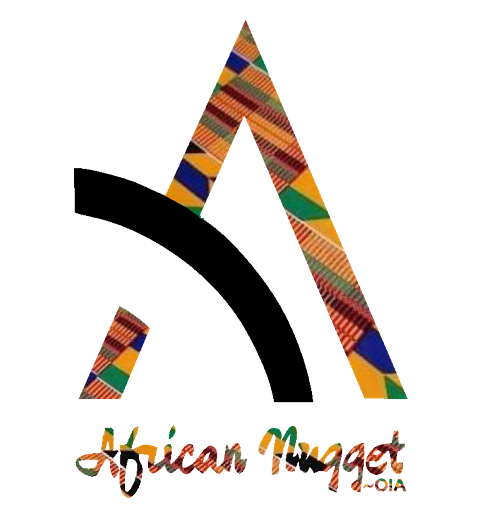Mandela Meets Fidel Castro: Cuba’s Role in the Defeat of Apartheid
Mandela Meets Fidel Castro: Cuba’s Role in the Defeat of Apartheid
When Nelson Mandela finally met Fidel Castro in 1991, the embrace between the South African freedom fighter and the Cuban revolutionary was more than symbolic.
It was the meeting of two leaders whose struggles had been intertwined for decades. Mandela’s words captured the depth of this solidarity:
“Our friend Cuba, which helped us in training our people, gave us resources to help us with our struggle, trained our people as doctors. You have not come to our country…when are you coming to South Africa?”
This was not mere courtesy. Mandela was acknowledging a decisive truth: without Cuba’s intervention in Africa, the apartheid regime might have endured far longer.
Cuba’s Global South Solidarity
▪︎ Between 1975 and 1991, Cuba sent over 425,000 volunteers—soldiers, medics, teachers, engineers—across Africa.
▪︎ This was the largest overseas solidarity mission ever undertaken by a Global South nation.
▪︎ Unlike Cold War superpowers, Cuba did not demand bases, loans, or resource concessions. Its aid was given freely, rooted in revolutionary internationalism.
Angola and “Operación Carlota”
▪︎ In 1975, South Africa, backed by the CIA, invaded Angola to crush the newly independent MPLA government.
▪︎ Cuba responded with Operación Carlota, deploying 36,000 troops to repel the invasion.
▪︎ At the height of the conflict, Cuba maintained 50,000+ troops in Angola—more than the US ever stationed in any African theatre during the Cold War.
▪︎ Cuban pilots flew thousands of sorties, neutralizing South Africa’s air superiority.
The Turning Point: Battle of Cuito Cuanavale (1987–88)
▪︎ The battle, commanded largely by Cuban officers, was the largest in Africa since WWII.
▪︎ The South African Defence Force (SADF) suffered heavy losses, including the retreat of its elite 61st Mechanised Battalion.
▪︎ Mandela later declared: “Cuito Cuanavale was the turning point for the liberation of our continent and my own freedom.”
▪︎ The victory shattered the myth of SADF invincibility and forced Pretoria into negotiations.
From Angola to Namibian Independence
▪︎ The defeat at Cuito Cuanavale directly led to Namibia’s independence in 1989, stripping South Africa of its buffer zone.
▪︎ With regional dominance broken, apartheid’s strategic collapse accelerated.
▪︎ Cuba’s sacrifices in Angola reverberated across southern Africa, opening the path to Mandela’s release in 1990 and the dismantling of apartheid.
Beyond the Battlefield: Doctors, Engineers, and Educators
▪︎ Cuba trained tens of thousands of African doctors, engineers, and officers, building long-term state capacity.
▪︎ These programs were offered free of charge, even as Cuba itself faced economic hardship under the US embargo.
▪︎ This investment in human capital became vital for post-apartheid South Africa and other African nations.
The Symbolism of Cuba’s Defiance
Cuba’s role was not only military but moral. Despite being a small island under constant US pressure, it demonstrated that solidarity could reshape history. Revolutionary Cuba showed that a nation of limited means could help vanquish apartheid—a system supported by Washington and its allies.
Mandela’s meeting with Castro was thus a recognition of shared struggle. It was a salute to a people who, against all odds, had stood shoulder to shoulder with Africans in their fight for freedom.
The Mandela–Castro encounter was more than a diplomatic gesture. It was the culmination of a revolutionary partnership that altered the course of African history. Cuba’s intervention in Angola, its decisive role at Cuito Cuanavale, and its investment in African education and health care made it instrumental in breaking apartheid’s grip.
Mandela’s gratitude was not personal alone—it was continental. In honoring Cuba, he honored the principle that international solidarity can topple even the most entrenched systems of oppression.

















